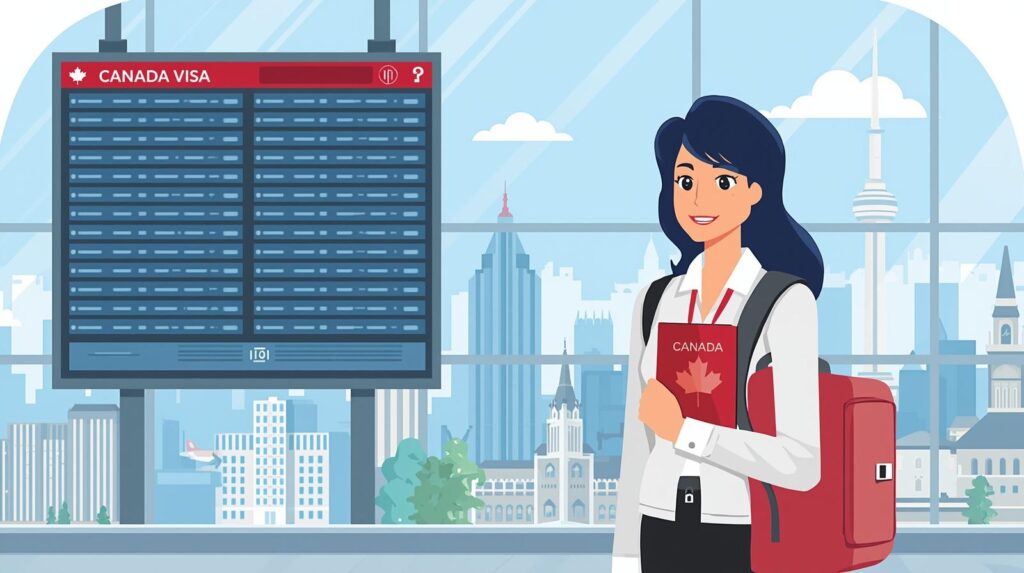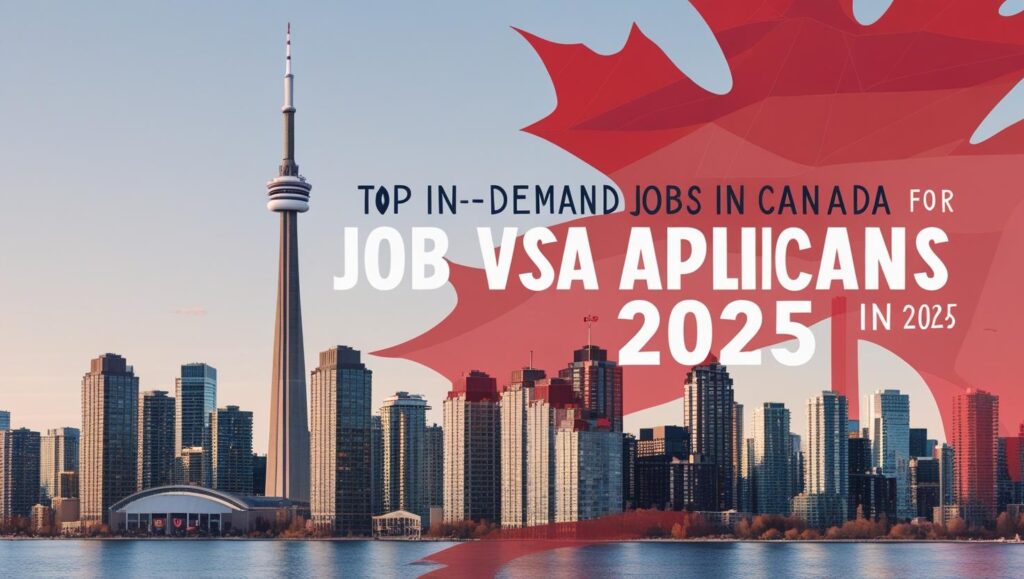Applying for a Canada visa can feel overwhelming—different forms, endless requirements, and confusing instructions on the official government website. That’s where this guide comes in. Instead of spending hours scrolling through forums or piecing together random advice, we’ve created a step-by-step Canada visa guide that explains the process in plain English.
Whether you’re applying for a visitor visa, study permit, or work visa, this article will walk you through requirements, common mistakes to avoid, and pro tips to increase your chances of approval.
Why Trust This Guide Instead of Random Forums?
-
Simplified process – no legal jargon, just clear instructions.
-
Step-by-step breakdown – so you don’t miss anything.
-
Practical tips – from real applicant experiences and immigration experts.
-
Up-to-date info – aligned with IRCC (Immigration, Refugees and Citizenship Canada) requirements.
👉 Official link for reference: Government of Canada – Immigration and Citizenship
Types of Canada Visas You Can Apply For
Before diving into the process, you need to know which visa fits your purpose:
-
Visitor Visa (Temporary Resident Visa – TRV)
For tourism, visiting family, or short-term business trips. -
Study Permit
Required if you plan to study in Canada for more than 6 months. -
Work Permit
For temporary workers with a Canadian job offer or open work permits (like spouses of students). -
Permanent Residency (PR)
Through Express Entry, Provincial Nominee Programs (PNP), or family sponsorship. -
Super Visa
Special long-term visa for parents and grandparents.
Step-by-Step: How to Apply for a Canada Visa in 2025
1. Determine the Right Visa Type
-
Decide if you need a study permit, visitor visa, or work permit.
-
Each has different forms and eligibility requirements.
2. Gather Required Documents
While requirements vary by visa type, the most common documents include:
-
Valid passport
-
Proof of funds (bank statements, sponsor letter, GIC for students)
-
Letter of acceptance (for students)
-
Job offer letter (for workers)
-
Travel itinerary and purpose of visit
-
Digital photo (meeting IRCC specifications)
3. Create an IRCC Account Online
-
Apply through the IRCC online portal.
-
Paper applications are slower—online is recommended.
4. Fill Out the Application Form
-
Be 100% honest—any false information can lead to bans.
-
Double-check details like passport number, names, and dates.
5. Pay the Application Fee
-
Visitor visa: CAD $100
-
Work permit: CAD $155
-
Study permit: CAD $150
-
Biometrics fee: CAD $85
6. Give Biometrics
-
Visit a Visa Application Centre (VAC) in your country.
-
Biometrics include fingerprints and a photo.
7. Wait for Processing
-
Visitor visa: 4–8 weeks on average
-
Study permit: 8–12 weeks (depends on your country)
-
Work permit: 8–12 weeks
(Pro tip: Apply at least 3–6 months in advance to avoid delays.)
8. Get Decision and Passport Stamping
-
If approved, you’ll get a Port of Entry Letter or visa sticker.
-
Carry all supporting documents when traveling.
Common Reasons for Canada Visa Rejection
-
Insufficient funds – can’t prove you can support yourself.
-
Weak travel history – no prior international trips.
-
Incomplete documents – missing forms or signatures.
-
Unclear purpose of visit – vague travel or study plan.
-
Not convincing IRCC you’ll return home (for temporary visas).
✅ Pro Tip: Always include a strong cover letter explaining your intent, ties to your home country, and financial stability.
How Much Bank Balance Do You Need for a Canada Visa?
-
Visitor visa: Enough to cover stay (approx. CAD $2,000–3,000 for a short trip).
-
Study permit: Tuition + CAD $10,000 per year (outside Quebec).
-
Work permit: Proof of funds is not always required if you have a valid job offer.
Canada Visa Processing Time in 2025
| Visa Type | Average Processing Time |
|---|---|
| Visitor Visa | 4–8 weeks |
| Study Permit | 8–12 weeks |
| Work Permit | 8–12 weeks |
| PR (Express Entry) | 6–8 months |
FAQs About Canada Visa (2025)
1. How to get 100% Canada visa?
There’s no guarantee of 100% approval, but you can boost your chances by submitting complete documents, proving strong financial stability, showing ties to your home country, and writing a convincing cover letter.
2. Which agency is best for a Canada visa?
You don’t need an agency—most applicants apply directly via the IRCC official portal. However, if you choose one, ensure they are an authorized RCIC (Regulated Canadian Immigration Consultant), not a random agent.
3. What’s the Canada visa rejection rate?
It varies by country and visa type. On average, 25–35% of visitor visa applications are rejected, mostly due to weak financial proof or unclear travel purpose.
4. How much bank balance for Canada visa?
-
Visitor visa: At least CAD $2,000–3,000.
-
Study permit: Tuition + CAD $10,000 per year.
-
Work permit: Usually not required if you have a job offer.
5. Which visa is easy to get in Canada?
-
Visitor visas are the easiest to apply for but approval depends on strong financials and ties to your country.
-
Among permanent pathways, Express Entry is the most popular and fastest option.
Final Thoughts
Getting a Canada visa doesn’t have to be confusing. With the right documents, a clear purpose of visit, and proper preparation, your chances of approval are much higher. Instead of relying only on forums with scattered advice, follow this step-by-step guide to avoid mistakes and speed up your process.




I truly appreciate the detailed guidance — it made my planning for the German driving license and EU license process smooth and stress-free. Big thanks to the author and the amazing team for their clear and reliable support! I highly recommend their website — https://xn--deutscherfhrerschein-yec.de/
— their services and guidance are truly exceptional.